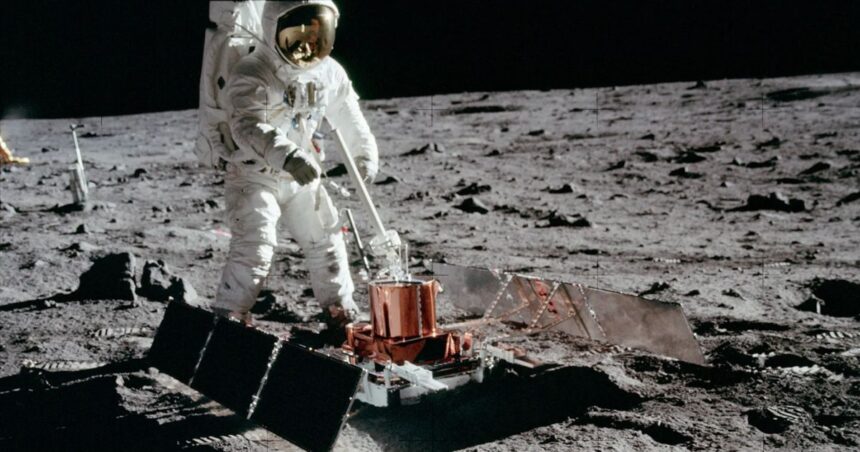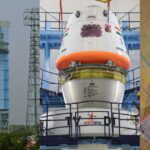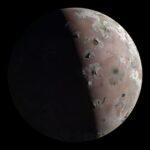A recent study has revealed that moonquakes could pose a significant hazard to the Artemis moon missions. This discovery has raised concerns about the safety and stability of future lunar explorations. The study, published in the Planetary Science Journal, highlights the potential risks associated with seismic activities on the moon, particularly in the south polar region where the Artemis missions are planned to land.
What are Moonquakes?
Seismic activity on the moon is known as a moonquake. Unlike earthquakes, which are caused by tectonic plate movements, moonquakes are primarily triggered by the moon’s gradual cooling and shrinking. This process creates stress on the lunar crust, leading to the formation of faults and the release of seismic energy. These quakes can vary in intensity, with some being strong enough to cause significant ground shaking.
The Study’s Findings
The study utilized data from seismometers placed on the moon by Apollo astronauts over 50 years ago. Researchers identified a group of faults in the moon’s south polar region, which are prone to seismic activities. These faults could potentially generate strong moonquakes, posing a hazard to both robotic and human missions planned for the Artemis program.
The research team emphasized the need to consider these seismic risks when planning and locating permanent outposts on the moon. The installation of habitats, landing pads, equipment shelters, and tall towers could be affected by these moonquakes. The study suggests that lunar building codes and seismic design criteria should be developed to ensure the safety and stability of these structures.
Implications for Artemis Missions
The Artemis program aims to return humans to the moon and establish a sustainable presence by the end of this decade. The south polar region has been chosen as the primary landing site due to its potential for water ice deposits, which are crucial for long-term lunar exploration. However, the presence of active faults and the risk of moonquakes in this region could complicate these plans.

The study’s findings indicate that the potential for strong seismic events should be taken into account when preparing for the Artemis missions. This includes selecting safe landing sites, designing robust structures, and developing emergency response plans. The goal is to minimize the impact of moonquakes on the mission’s success and the safety of the astronauts.
Developing Lunar Building Codes
One of the key recommendations from the study is the development of lunar building codes. Unlike Earth, the moon does not have established building regulations. This poses a challenge for constructing stable and safe structures on the lunar surface. The study suggests that a Space Engineering and Construction committee, part of the American Society of Civil Engineering (ASCE) Aerospace Division, is working on a guideline document to address this issue.
The guideline document will include seismic design criteria, site-specific requirements, minimum design force, fatigue, and service considerations. This will help ensure that structures built on the moon can withstand the seismic activities and other environmental challenges. The development of these codes is crucial for the success of the Artemis missions and future lunar explorations.
Preparing for the Unknown
While the study provides valuable insights into the seismic risks on the moon, there is still much to learn about moonquakes and their potential impact. The researchers call for further seismic data collection and analysis to better understand these phenomena. This includes deploying more advanced seismometers and conducting detailed geological surveys of the lunar surface.
The Artemis missions present an opportunity to gather this data and improve our understanding of the moon’s seismic activities. By doing so, scientists can develop more accurate models and predictions, which will help in planning and executing future lunar missions. The goal is to ensure the safety and success of these missions while advancing our knowledge of the moon.




